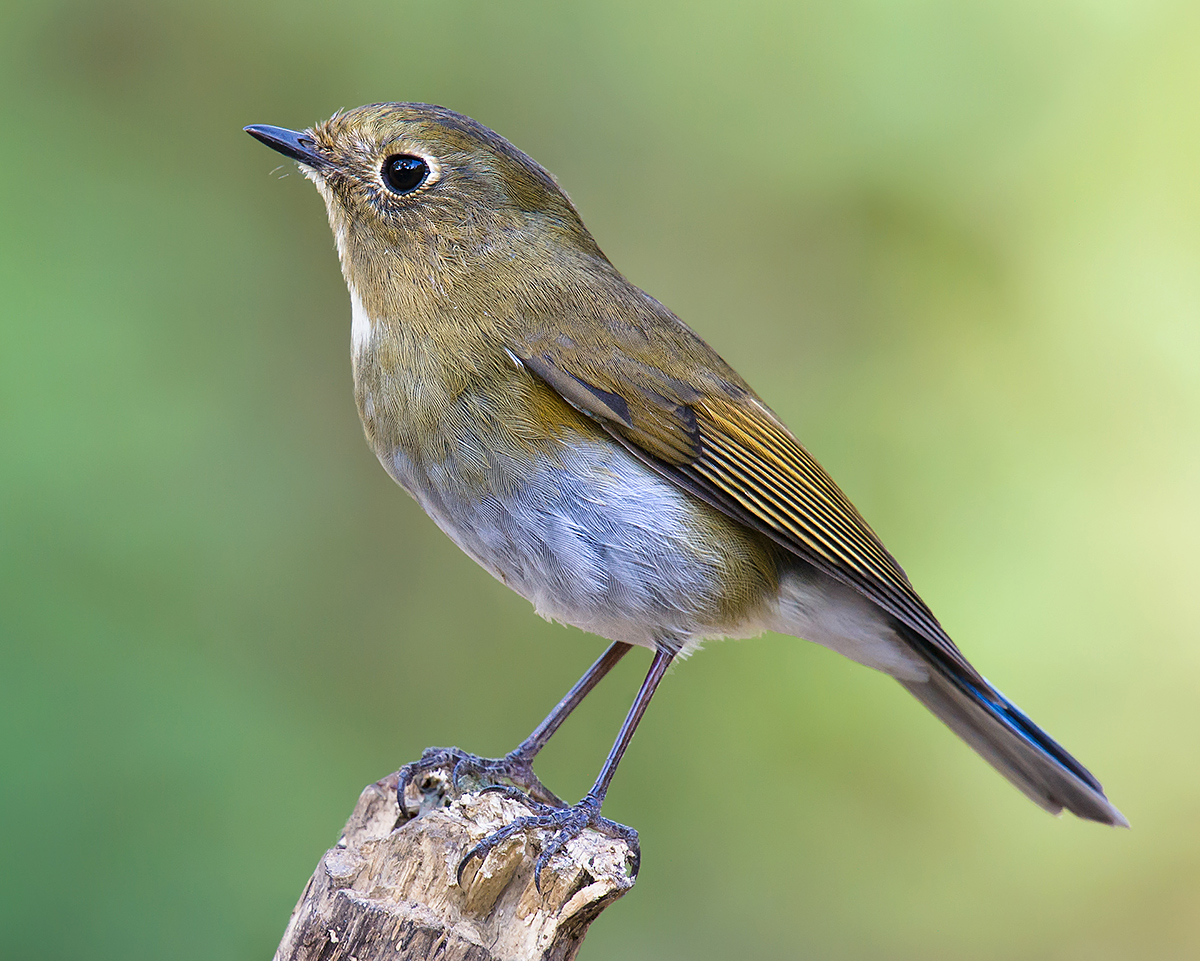

It forages on ground and in low bushes, often making short flycatcher-like sallies after flying insects.īreeding Habits: They breed in Jun-July. In winter quarters occurs in broadleaf evergreen forest, dense dark undergrowth and thickets, clearings, tree fall gaps with vine tangles, open woodland commonly seen along tracks favours ridges and mountaintops.įood Habits: It eats in Invertebrates, mainly insects and also fruits and seeds when not breeding. It is found at 3000–4400 m, not penetrating beyond treeline, but generally in higher, drier habitat. It breeds in bush layer of conifer and mixed conifer–oak forest. The juvenile is duller brown with extensive buffish spotting and small streaks, light blue tail, trace of orange on flanks. The chin and throat are white, breast is pale buffy grey-brown, flanks are orange, remaining underparts are white. It is cold grey-brown above with bright sky-blue rump and tail, remiges are tinged rufous. Picture of Lovely Blue Bird Himalayan Bluetail (Tarsiger rufilatus) or Orange-flanked Bush robin stock photo, images and stock photography.
#Himalayan bluetail Patch
It has a chin, throat and underparts as white, blue of upperparts extending to breast-sides, breast rather extensively spotted with grey, flanks with distinctive broad orange patch iris is dark brown bill and legs are blackish.

The male is rich dark blue on head and upperparts, with distinctly paler blue supercilium and shoulder patch, and rich cobalt-blue on rump, uppertail-coverts and outer tail. It is also known as Himalayan red-flanked bush-robin and Orange-flanked bush-robinĭistribution in India: Resident and Winter Visitor in Himalayan rangeĭescription: Size of 15 cm wt. Tarsiger : tarsos flat of the foot ger bearing.

Apart from being one of the best places to spot the beautiful Himalayan Monal, and other amazing Himalayan birds like Koklass Pheasant, Scarlet Finch, a variety of woodpeckers and laughing thrushes, and more, the region is home to a variety of landscapes and mini-habitats, translating to a rich diversity of wildlife, making it a paradise for birders and photographers of all levels.Himalayan Bluetail Tarsiger (cyanurus) rufilatus
#Himalayan bluetail plus
With species like Himalayan Monal, Koklass, and Kalij Pheasants, Yellow-rumped Honeyguide, a variety of laughing thrushes and woodpeckers, and many many more, plus the opportunity to meet and interact with friendly local communities, a visit to Chopta is truly a special experience.Ĭhopta, in the Kedarnath Wildlife Sanctuary of the Garhwal Himalayas, has seen a relatively recent rise in fame among birdwatchers. That alone would be worth the long drive, but the area has much more to offer.Ĭhopta, in the Garhwal Himalayas, has such a wonderful variety of habitats, combined with several altitude changes, that it has become one of the most popular birding destinations for birdwatchers and photographers of all skill levels. A mix of pine and deodar forest with rhododendrons, amidst lush 'bugyals' or grassy meadows, it is probably the best and most easily accessible place in India to see the stunning 'nine-colored' state bird of Uttarakhand, the Himalayan Monal. Chopta in the Kedarnath Wildlife Sanctuary provides some excellent winter and spring birding, and fantastic landscapes.


 0 kommentar(er)
0 kommentar(er)
